J.D. Power Predicts Strong March, Sees Production Trouble Ahead

J.D. Power sees a strong March in its crystal ball, powered by real-time transaction data of 8,600 retail franchises throughout the United States. However growth is expected to be much more sedate than the 27 percent jump in February.
In its March forecast, J.D. Power expects total light-vehicle sales for March to come in at 1,205,200 units, 9 percent higher than in March 2010. Fleet sales in March are expected to decrease to 213,000 units, “based on the expectations that Japanese manufacturers will reduce fleet sales and channel that volume to the retail market, due to concerns about inventory shortages.” J.D. Power projects the March SAAR at 12.7 million units. They keep their forecast for total vehicle sales at 13 million units, up 13 percent from 2010.
Power sees near-term production to be impacted by parts shortages caused by the earthquake and tsunami crisis in Japan. “With the uncertainty remaining high about the full extent of the parts supply situation, North American production could be impacted in the weeks to come,” said Jeff Schuster, executive director of global forecasting at J.D. Power. “However, our 2011 production forecast remains at 12.9 million units, as we expect any lost volume would be made up later in the year.”
J.D. Power and Associates U.S. Sales and SAAR Comparisons
March 20111February 2011March 2010New-vehicle retail sales991,900 units
Bertel Schmitt comes back to journalism after taking a 35 year break in advertising and marketing. He ran and owned advertising agencies in Duesseldorf, Germany, and New York City. Volkswagen A.G. was Bertel's most important corporate account. Schmitt's advertising and marketing career touched many corners of the industry with a special focus on automotive products and services. Since 2004, he lives in Japan and China with his wife <a href="http://www.tomokoandbertel.com"> Tomoko </a>. Bertel Schmitt is a founding board member of the <a href="http://www.offshoresuperseries.com"> Offshore Super Series </a>, an American offshore powerboat racing organization. He is co-owner of the racing team Typhoon.
More by Bertel Schmitt
Latest Car Reviews
Read moreLatest Product Reviews
Read moreRecent Comments
- Bd2 If I were going to spend $ on a ticking time bomb, it wouldn't be for an LR4 (the least interesting of Land Rovers).
- Spectator Wild to me the US sent like $100B overseas for other peoples wars while we clammer over .1% of that money being used to promote EVs in our country.
- Spectator got a pic of that 27 inch screen? That sounds massive!
- MaintenanceCosts "And with ANY car, always budget for maintenance."The question is whether you have to budget a thousand bucks (or euro) a year, or a quarter of your income.
- FreedMike The NASCAR race was a dandy. That finish…

















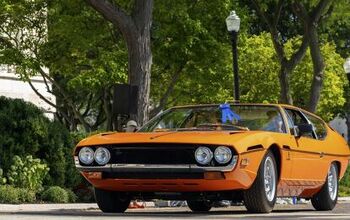
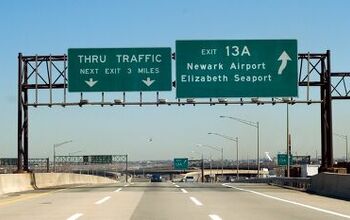
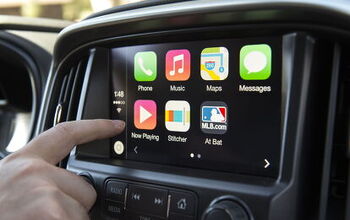

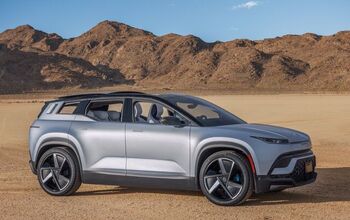

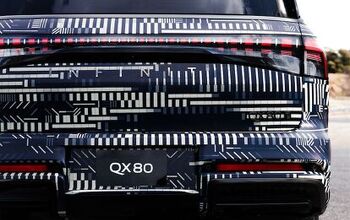



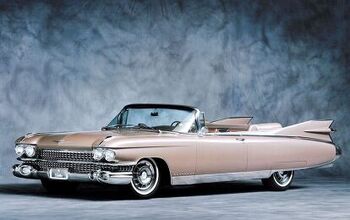
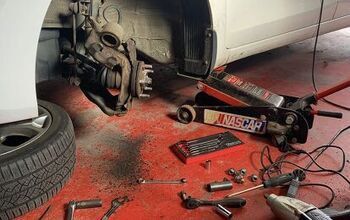
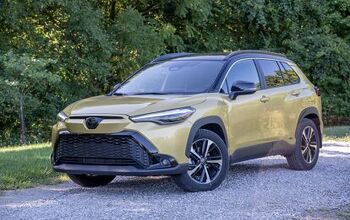
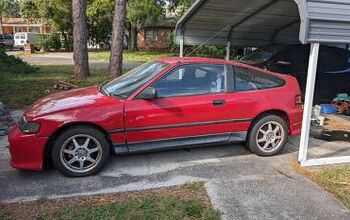

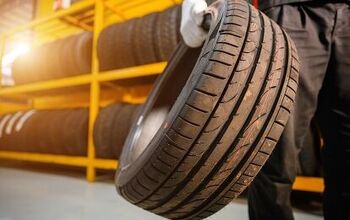
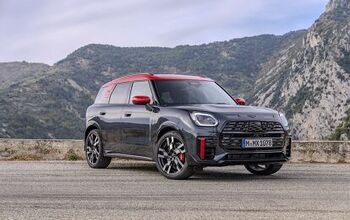
Comments
Join the conversation
I haven't seen any comments regarding the possible upside of this -- but, it seems to me that a supply shortage would -- decrease supply -- and likely increase prices. what better chance do our home boys have to reduce incentive payments, reduce fleet sales, sop up extra inventory, etc? There has to be some pent up demand, used car prices are pretty decent as well as interest rates, so the net effect on the consumer may be moderated. I'm sure that there are financial costs to be borne but -- the idea that with less inventory that the dealers could actually get more money per sale sounds favorable to me. But what do I know -- not being a car expert.